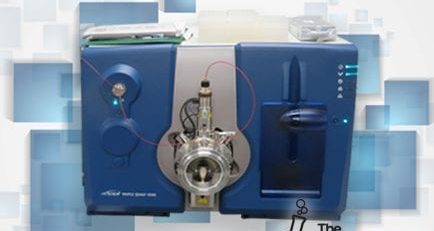Breakthrough in Nuclear Fusion Made in Germany
Scientists at the Max Planck Institute in Greifswald have officially managed to sustain a hydrogen plasma in the experimental reactor – Wendelstein 7-X (W7-X) – for a few miliseconds, according to IFLScience.com. While this may not seem like much, scientists have been trying for decades to master “star in a jar” technology – or the process of constantly converted hydrogen into helium, like what happens inside our sun.
In order to kickstart nuclear fusion, extremely high temperatures are required – approximately 180 million degrees fahrenheit. These high temperatures allow for a plasma cloud, which must be confned by extremely powerful magnets so that it does not touch the cold walls of the reactor. This is also the first time the process has been achieved with hydrogen plasma. Hydrogen fusion provies much more energy, making it much more desirable.
The W-7X is a type of fusion reactor known as a stellarator, and just to get to this stage utilizing the W7-X has taken 19 years and $1.1 billion. While this is a complex and expensive route to take, this type of fusion reactor is easier to maintain than the other currently viable option – a tokamak reactor.
Researchers are hopeful of generating their first plasma by 2025.














